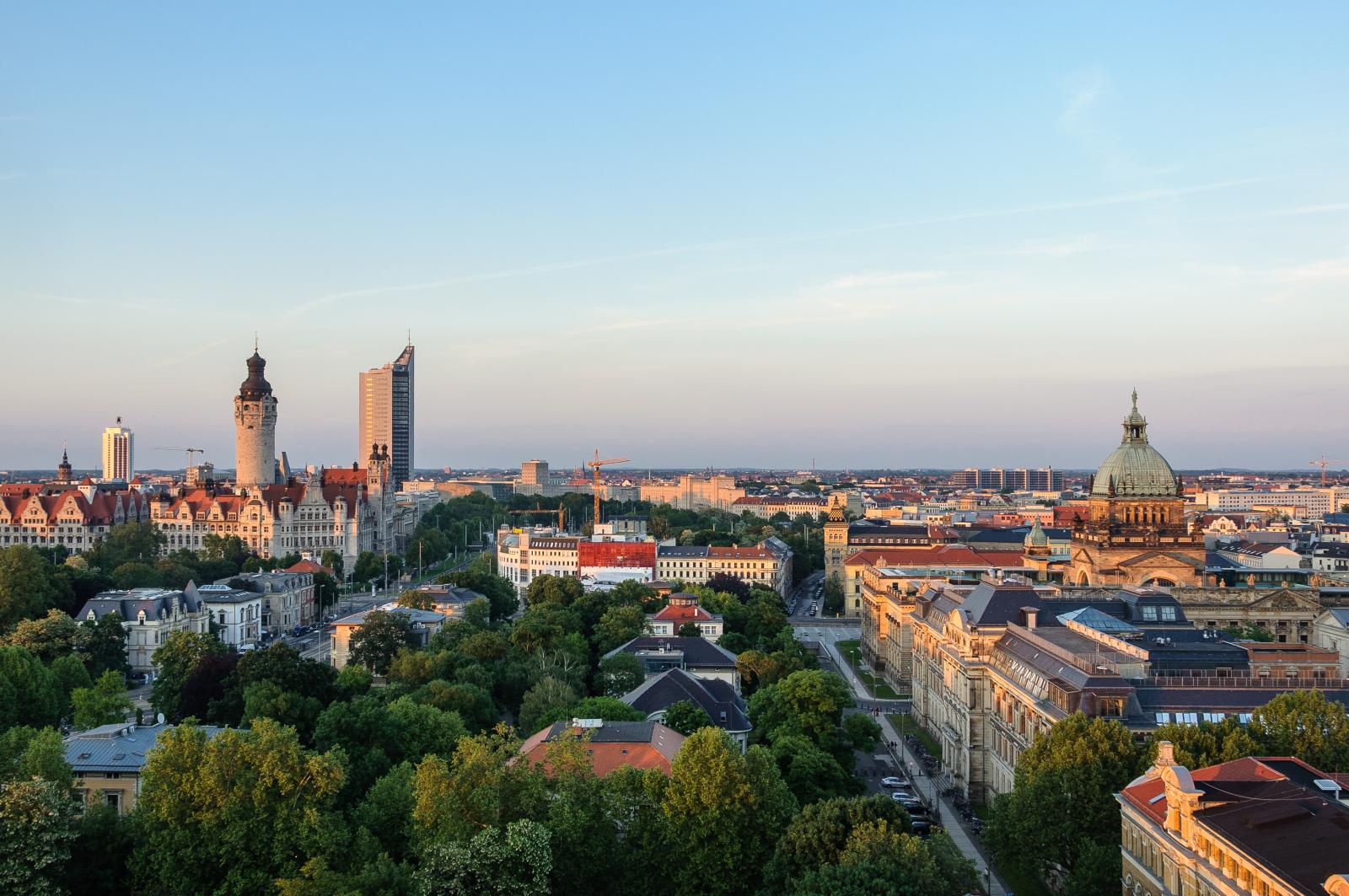Leipzig
Amongst the key NBS examples in Leipzig are the “New Lake Landscapes” that have been created in place of former open-cast mines, primarily to the South and West of the city. These new landscapes combine the creation of new, water-based green spaces with the provision of urban recreation facilities and (modest) economic opportunities based on tourism. A further example, which also demonstrates Leipzig’s well established participatory planning structures, is the renaturing project “Green Arch Paunsdorf”. An area of about 120 ha of previous farming and military land is being gradually renatured to increase biodiversity and enhance the environmental quality of an adjacent housing estate.
The LEIPZIG Urban-Regional Innovation Partnership (URIP) is convened by the City of Grimma and the Leibniz-Institut für Länderkunde. Together, they have been bringing together stakeholders from 7 public and private organizations to mainstream the use of nature-based solutions in Leipzig. In 2017, the partnership mapped NBS interventions and opportunities, finding multiple (social, ecological and economic) functions addressed by current interventions, such as improvement of social cohesion, regeneration and rehabilitation of former mining brownfields, and adaptation to climate change. In 2018, the URIP has developed an innovative vision for NBS in relation to improving connectivity between city, peri-urban and rural areas, focusing on environmental compensation along water bodies, intercommunal brownfield management and biodiversity through façade greening and urban gardening.

